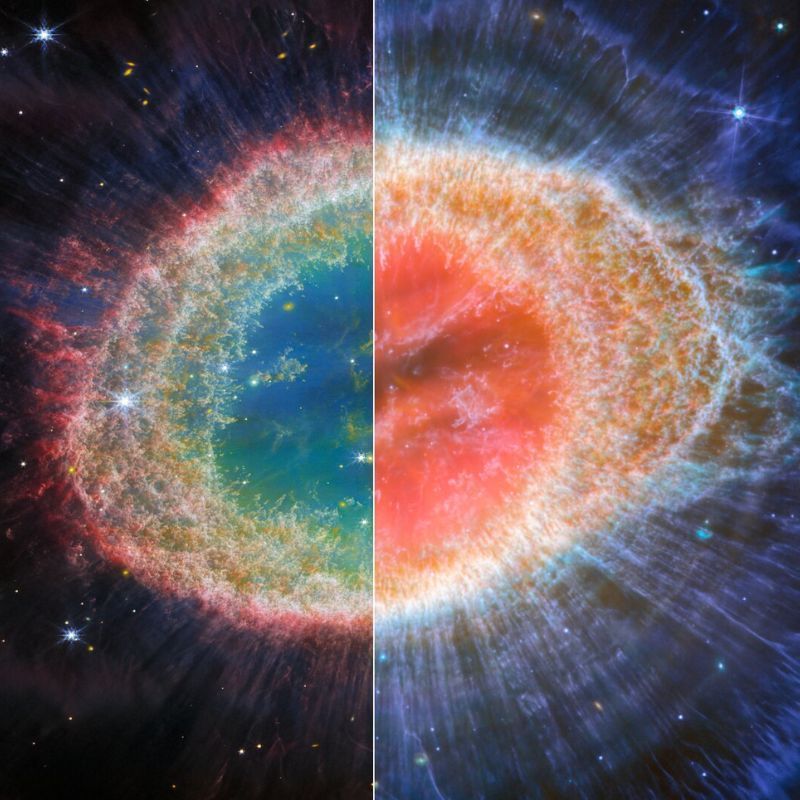
Santa’s sleigh won’t be the only marvel streaking across December’s night skies.
The end of the year will bring a host of stargazing potential, from the powerful Geminids that generate up to 120 meteors per hour to a string of four planets and the moon lining up almost perfectly above the southern horizon. Add to that the chance to catch an extremely rare meteor shower, and December promises to whet your appetite for what’s anticipated to be an even more exciting year of astronomy come 2024.
As always, look for a dark-sky destination to optimise your stargazing, particularly on meteor shower trips. Don’t forget to bring cold-weather gear — or, better yet, heated clothing and accessories — to stay safe and warm.
Ready to make the most of the northern hemisphere’s long, star-studded nights? Here’s what to watch for in the December night sky, from planets to meteor showers, and more.
Planet sightings, meteor showers and other astronomical events to watch in December 2023
December 13-14: Geminid Meteor shower peaks

The conditions line up almost perfectly for the Geminids, one of the last major meteor showers of the year. A nearly new moon promises inky nightscapes during the December 13-14 peak. That means, weather permitting, sky-watchers are in for a treat. To catch the show — which could produce up to 120 meteors per hour, according to The Planetary Society — look toward the Gemini constellation above the eastern horizon. The Geminids are known for their striking yellow colour and quick speeds. Head out around 9 pm (7:30 am IST, the next day) or 10 pm (8:30 am IST, the next day) local time to catch the show, per NASA.
December 20: Planet Parade
For much of December, Uranus, Jupiter, Neptune, and Saturn will shine above the southern horizon. December 20 promises a particularly special treat, with the moon sliding in between Jupiter and Neptune. Catch the planet parade in the early nightfall hours, after around 6 pm ET. Our solar system neighbours line up particularly well around 8 pm ET before sinking beneath the horizon closer to midnight.
December 21: Winter Solstice
December 21 marks the first day of winter for those in the northern hemisphere. It’s the shortest day of the year — and, with minimal daylight, one of the best times to hunt for the northern lights. The official December solstice hits at 10:27 pm ET, according to The Old Farmer’s Almanac. Those enjoying the southern hemisphere summer will also welcome their longest day of the year. Here are some of our favourite southern hemisphere getaways if you’re seeking summer sun. To make the most of the northern hemisphere’s winter, check out our favourite cold-weather escapes, from ski towns to top winter national parks.
December 21-22: Ursid Meteor Shower Peaks
The Geminid meteor shower may be the month’s showstopper, but there’s another comet-debris spectacle to close out the month: the Ursids. According to the American Meteor Society, the Ursid meteor shower is less active than the Geminids, with around five to 10 meteors per hour during peak activity, which hits December 21-22. The shower runs from December 13 through 24 and is visible near the Ursa Minor constellation toward the northern horizon. This northern hemisphere shower coincides with a bright, 74 percent full moon, which will partially obscure the display. That said, if you find yourself with good weather near a dark sky destination, it’s always worth a shot.
Shop the best travel experiences here
(Hero and feature image credit: Getty Images)
This story first appeared on travelandleisure.com
Related: Disney World’s Space-Themed Restaurant Lets You Dine 220 Miles Above The Earth












